Denny Dimin Hong Kong presents its first virtual exhibition with Hong Kong-based British artist Stephen Thorpe. The exhibition will feature all new works reflecting on an intense period of self-isolation brought about by Covid-19.
Thorpe is known for his interior-based paintings, which are informed by a longstanding interest in psychoanalysis, sociology, folklore, symbolism and the reality of myth. His painted architectural spaces can be understood as a manifestation of the psyche arrived at through an ongoing and in-depth self-analysis of the personal and collective unconscious. The rooms are the mind. Thorpe describes this as unmapped psychological territories manifesting, and the act of painting as a process of visualizing and harnessing the internal coexistence of order and chaos.
The work is directly informed by the French philosopher Gaston Bachelard, particularly his phenomenological approach to architecture as set out in The Poetics of Space, as well as the work of Swiss psychiatrist and psychoanalyst Carl Jung. Jung’s conceptual framework and understanding of the ‘dream house’ aids Thorpe’s own process of accessing, experiencing and integrating his unconscious into material awareness. The paintings draw on the artist’s own memories and his attempts to, as Jung instructs, “make the unconscious conscious”, as well as photographs, found imagery and his immediate environment, including the natural landscape and the palette of Hong Kong.
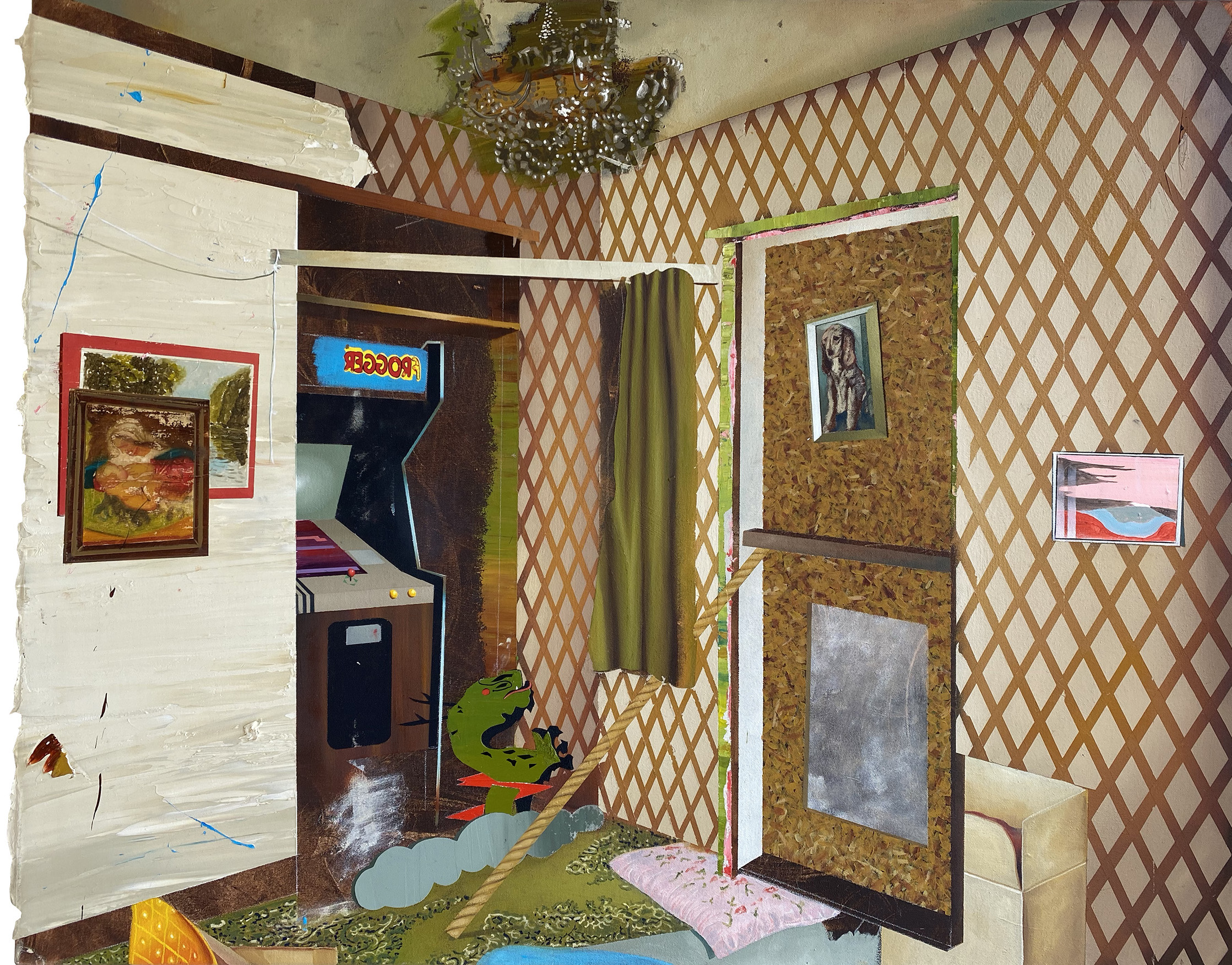
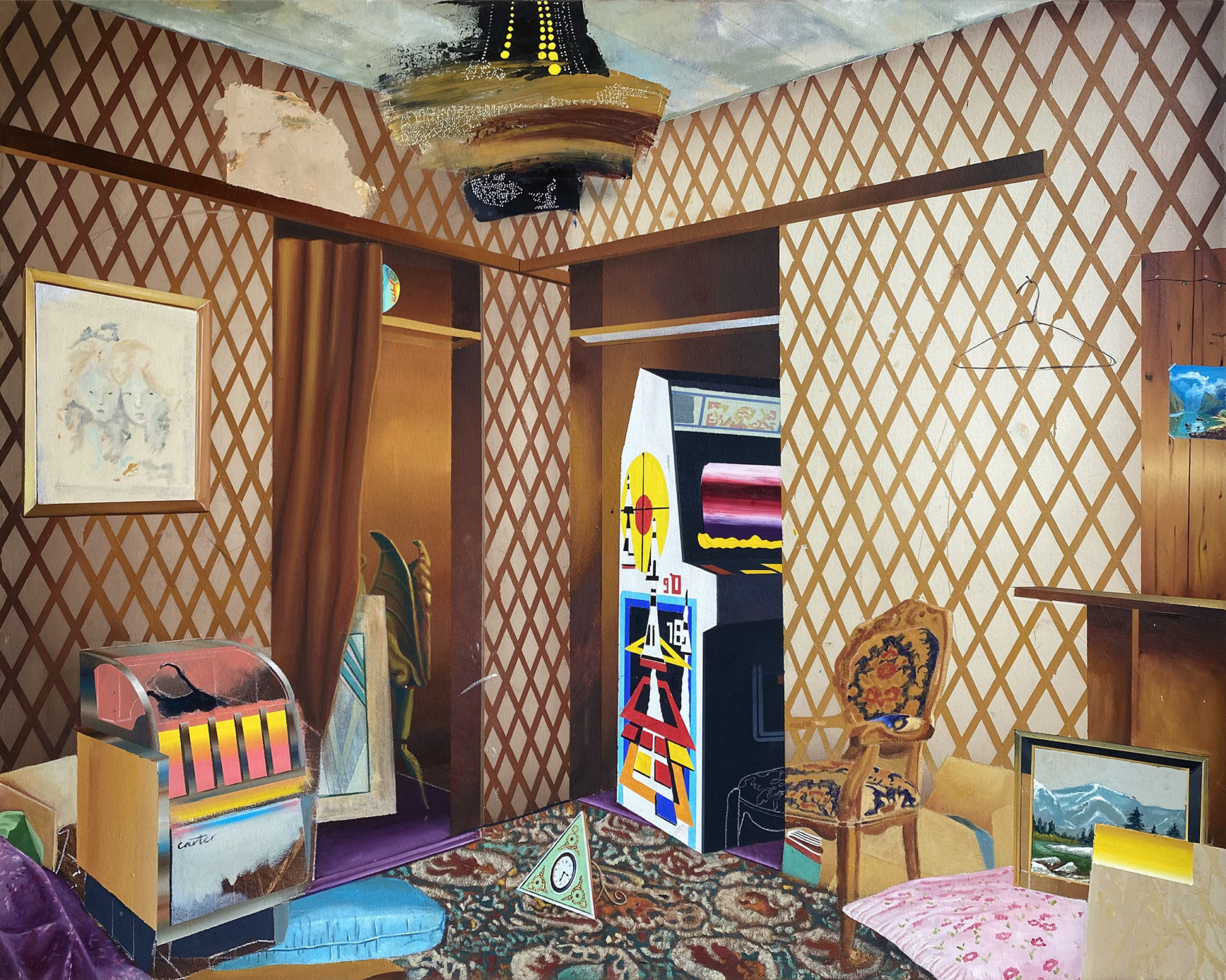
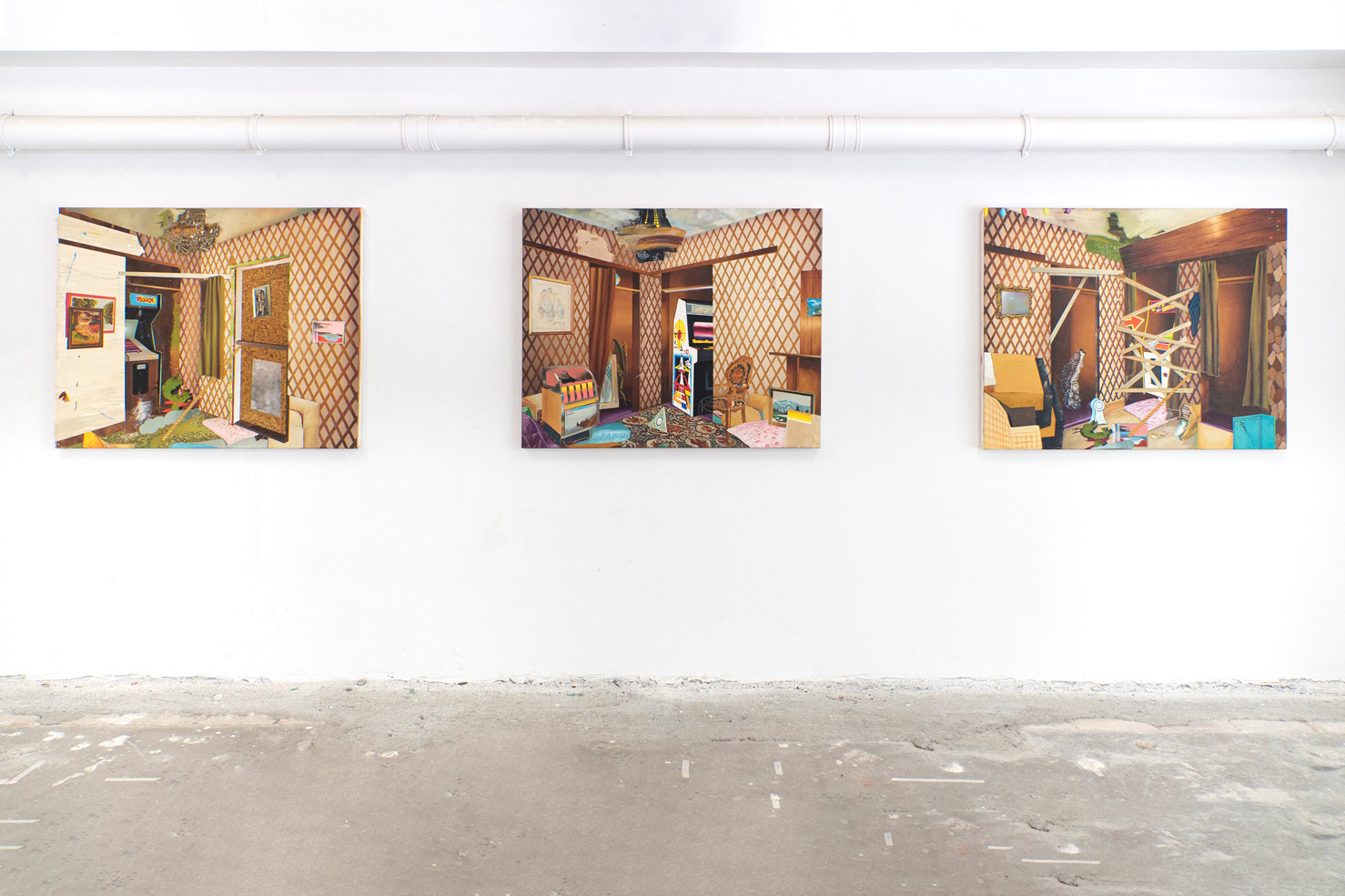

Who looks outside, dreams; who looks inside, awakens.
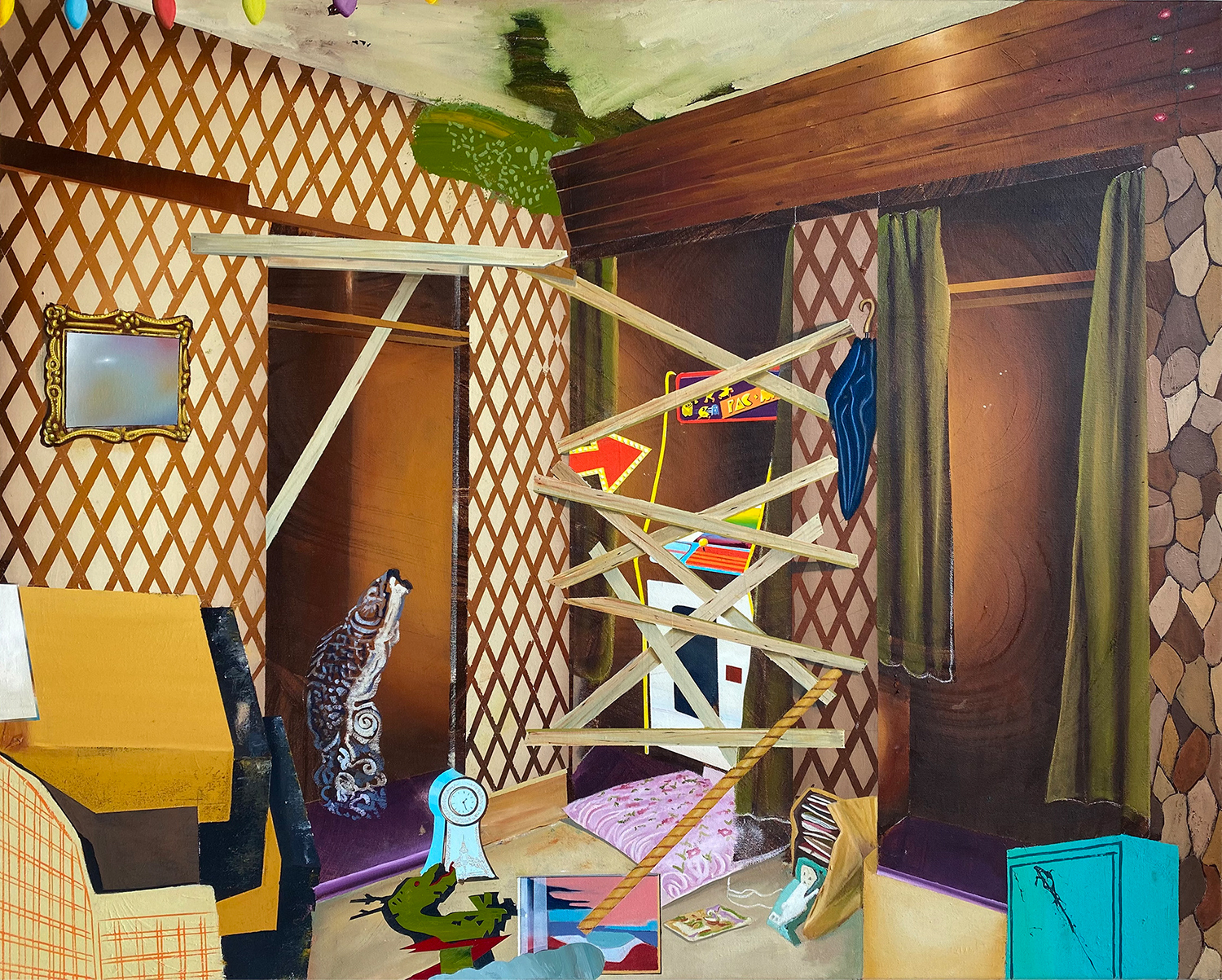
Stephen Thorpe is currently based in Hong Kong. Thorpe received his MA in Painting from the Royal College of Art in London and is currently a Professor of Painting at the Savannah College of Art and Design (SCAD). He has been the recipient of numerous prizes, including the Basil H. Alkazzi Foundation Scholarship; Saatchi’s Showdown Prize, judged by Kristine Roepstorff and Matthias Weisher; prize winner of 3 rd Ward Open Call, Brooklyn, New York; and the Royal Scottish Academy’s The Skinny Award. His work is included in prominent private and museum collections and has been featured in solo and group exhibitions around the world at venues including Saatchi Gallery, London; Copeland Gallery, London; Summerhall, Edinburgh; the Royal Scottish Academy, Edinburgh; and Aberdeen Art Gallery, Aberdeen, amongst others. He sits on the Selection Committee for the Basil H. Alkazzi Scholarship Award and the Ali H. Alkazzi Scholarship at the Royal College of Art, as well as the Outstanding Student Award in Hong Kong.


His more recent works – all created since the pandemic began – depict carefully composed rooms, peppered with dated household objects and dream-like symbols, notably and enigmatically devoid of any figures. In their place stand classic arcade machines from the 1980s: Pac Mac, Frogger and Space Invaders. Arcades first appeared in Thorpe’s paintings in 2018, initially emerging out of instinct and intuition, but through psychoanalytical interpretation and self-reflection, he now recognizes these as self- portraits, noting their human-like shape and size, and the act of playing them as “financially draining, anxiety-inducing attempts at not dying” – likened to the nature of contemporary life.
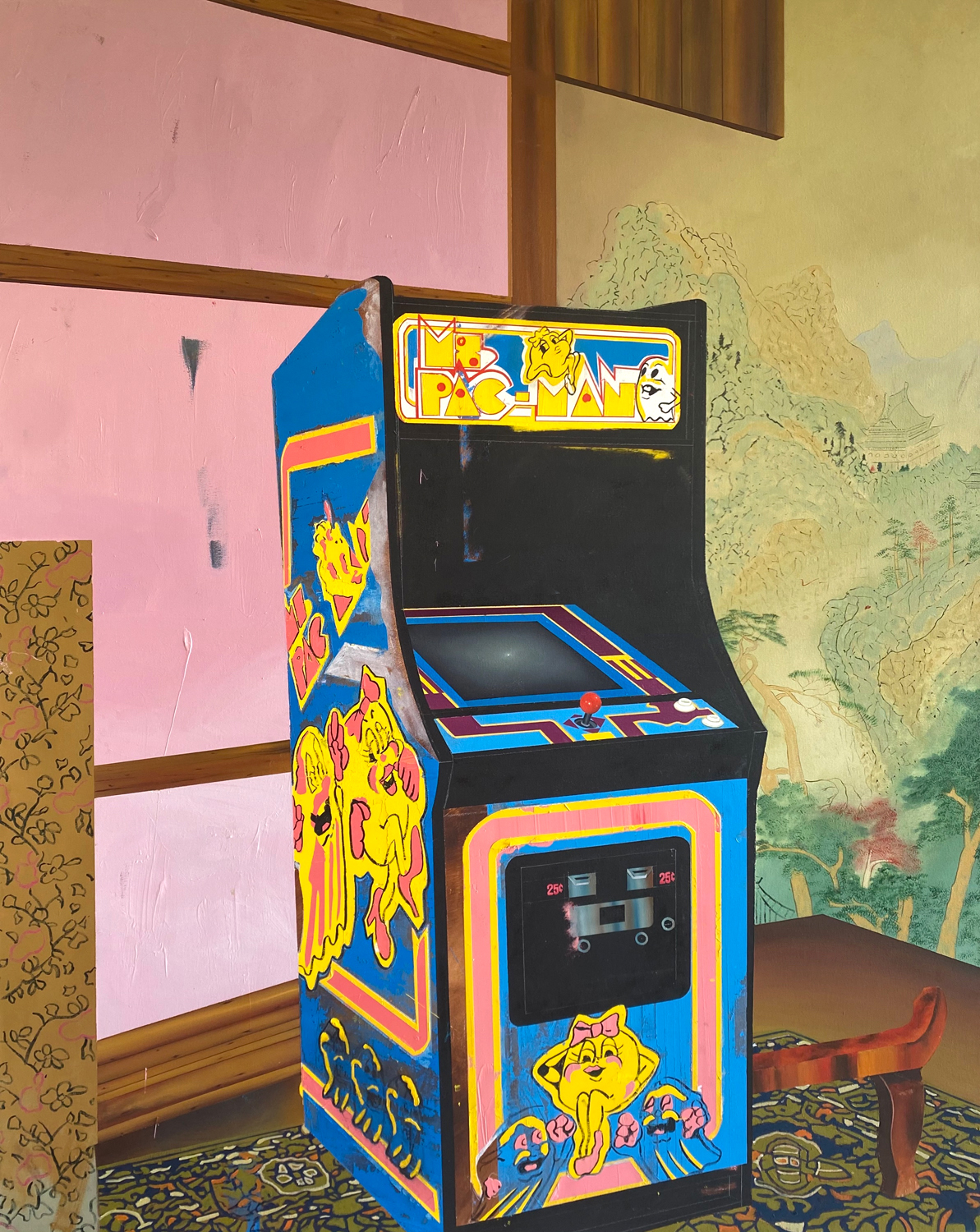
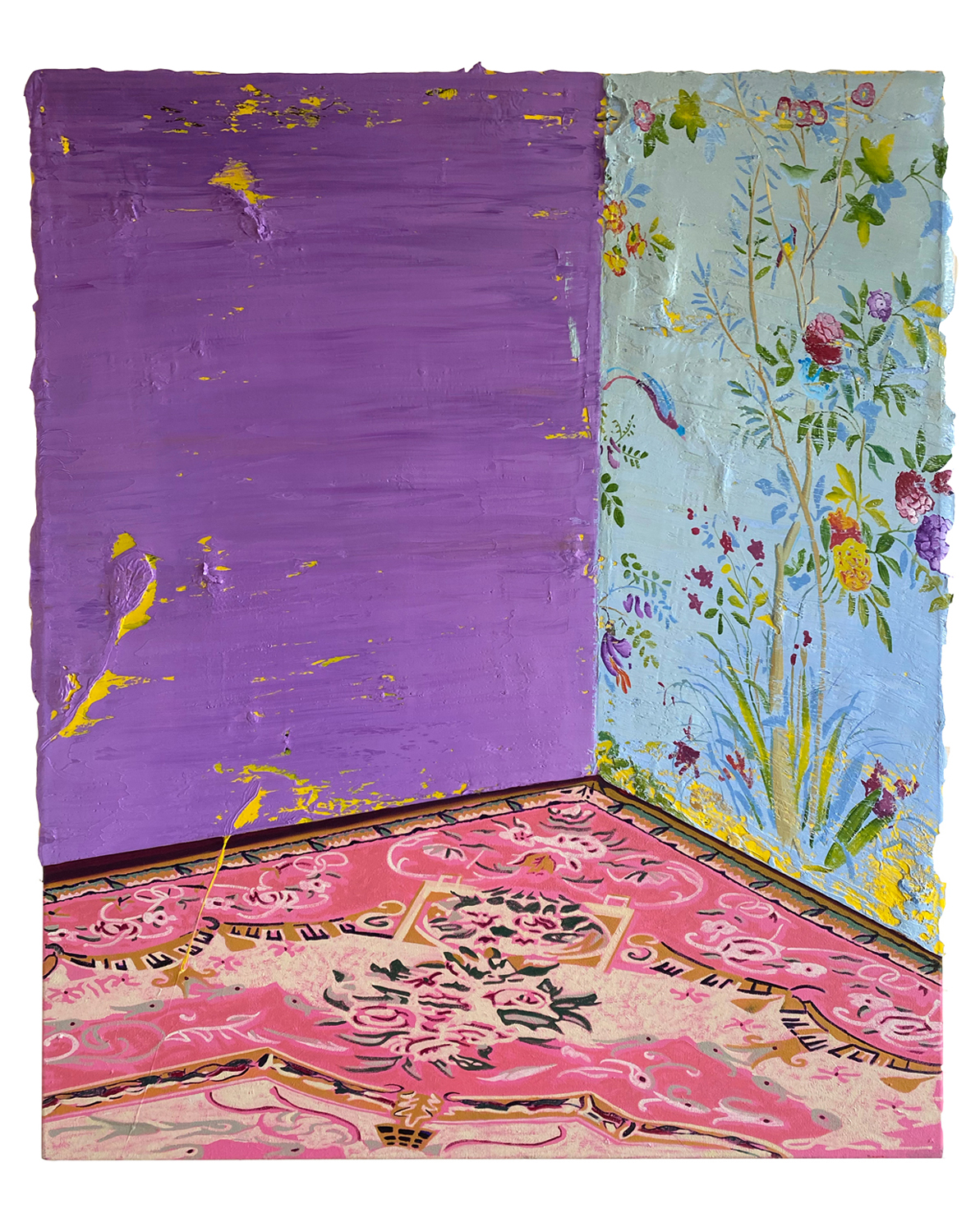
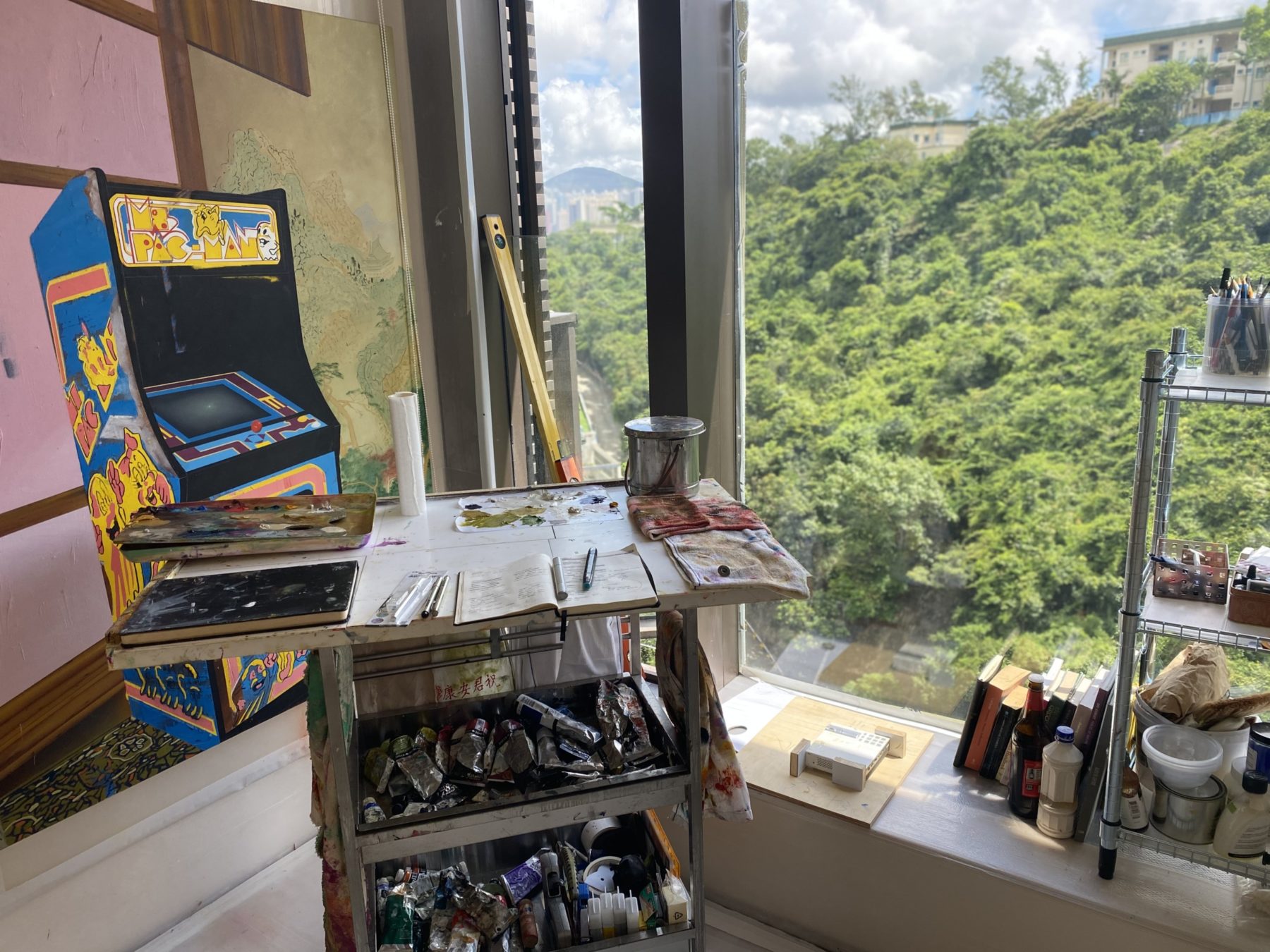

Every corner in a house, every angle in a room, every inch of secluded space in which we like to hide, or withdraw into ourselves, is a symbol of solitude for the imagination. That is to say, it is the germ of a room of a house.
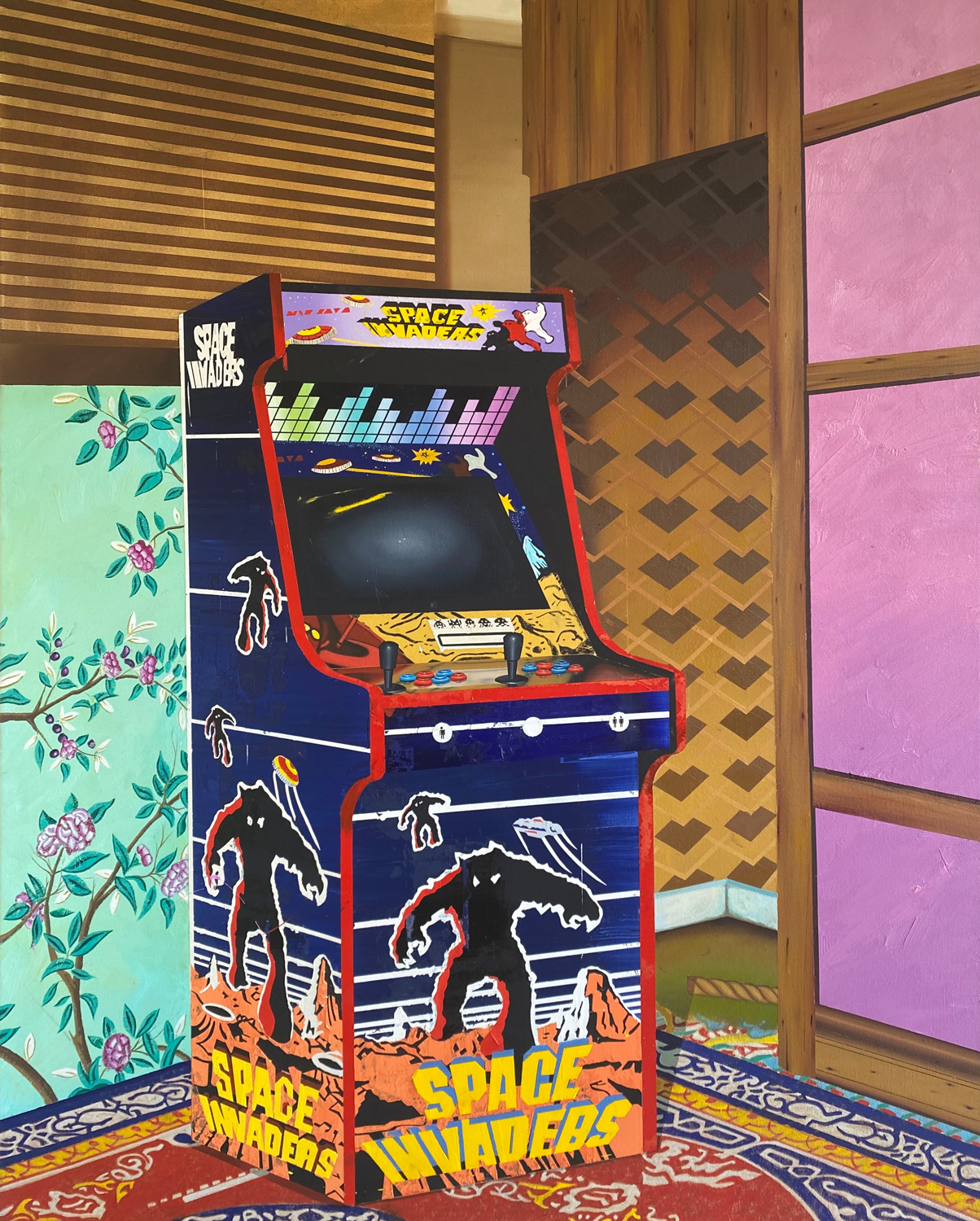
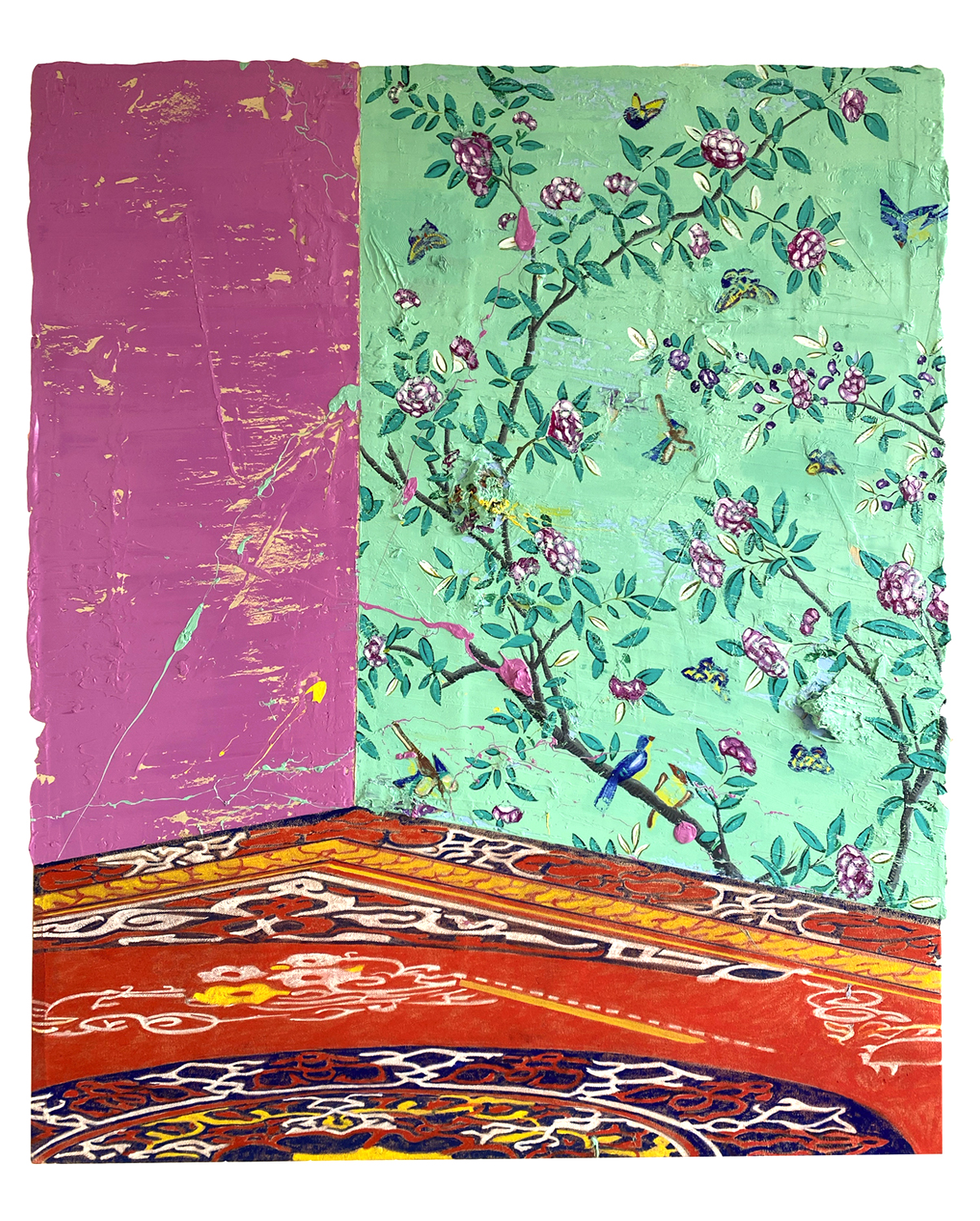
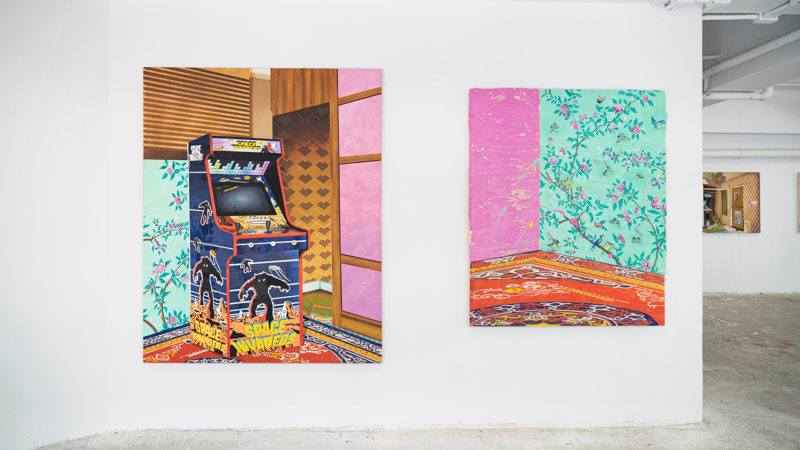
In his latest series of paintings, Thorpe hones in on the more intimate aspects of rooms – and the inner workings of his psyche – through an intense focus on corners. These corner paintings consist mostly of three simple planes where the corner is a meeting, a three-dimensional expanse of walls between a floor and ceiling. It frames both the inside and outside, as well as the subject’s position and experience. Representing both a place of sanctuary and solitude or one of imprisonment and anxiety, the corners offer a deeper excavation of being and existence, intended not only as a personal process for Thorpe’s own introspection but also as a vehicle for viewers of the work to look more closely into their own psychological makeup.

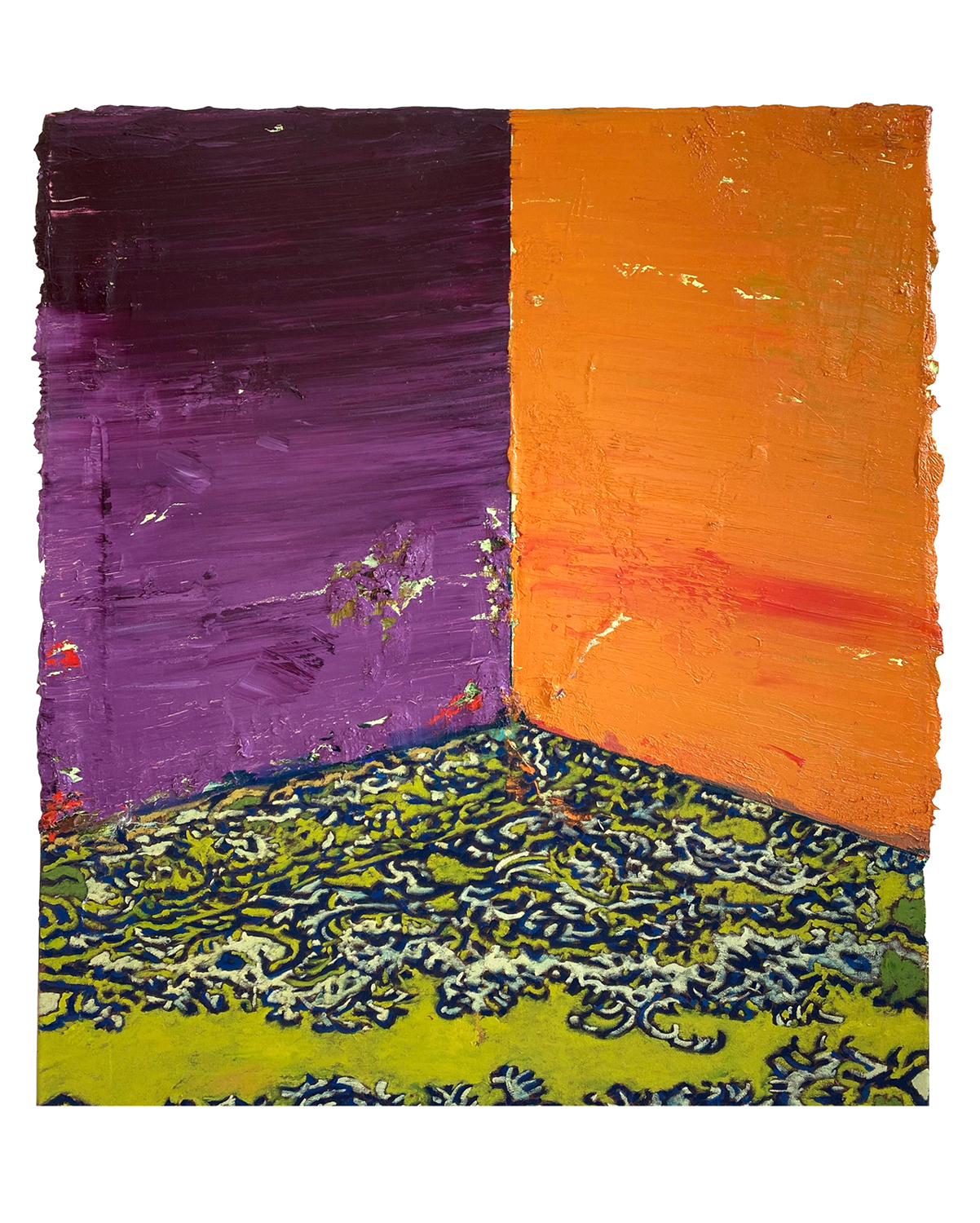
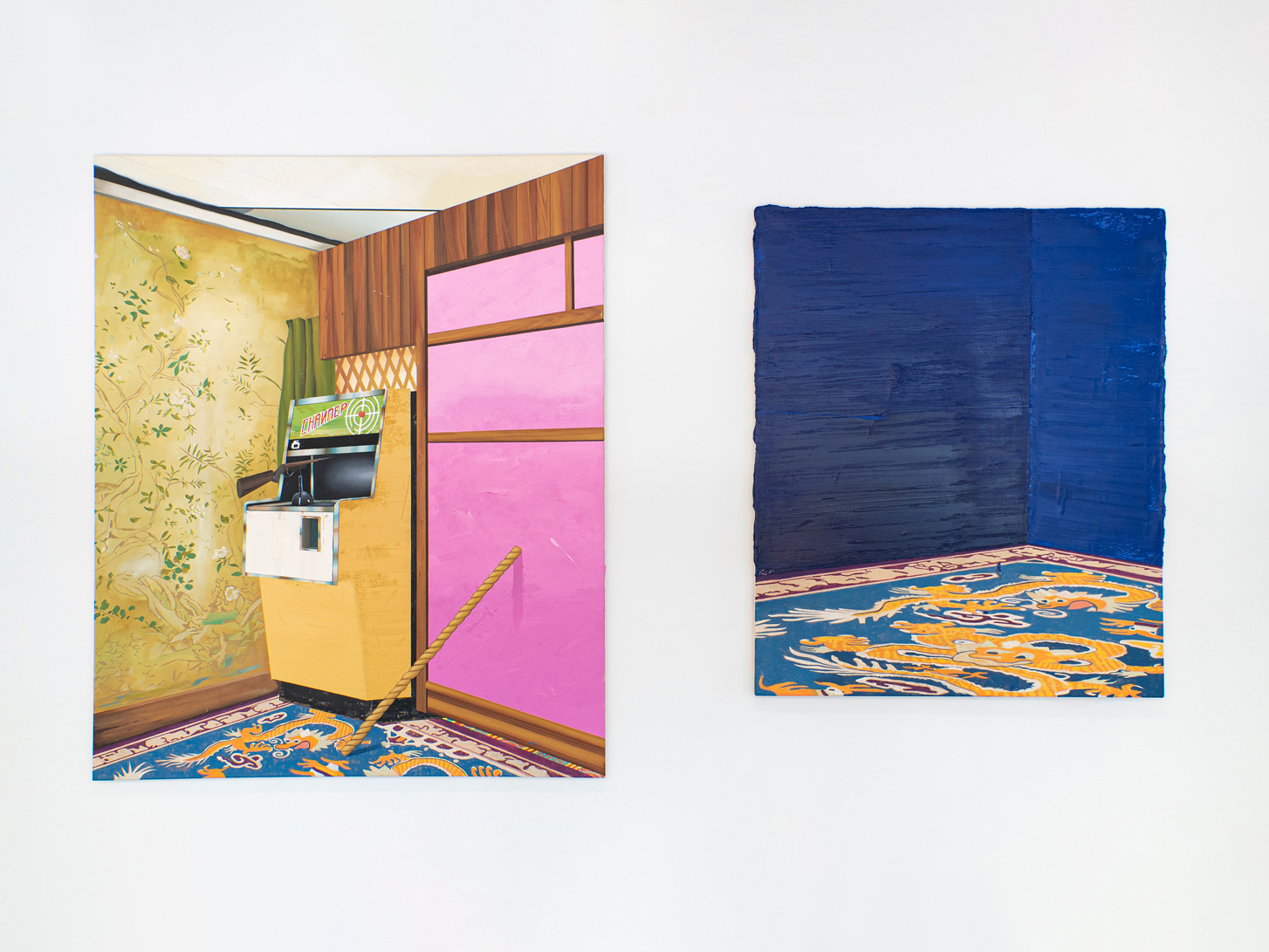
In my work I think about a constant interplay between the conscious and the unconscious. With the corners, the interior would be your unconscious and the exterior would be your ego, the conscious part. In these paintings the paint is very thick and viscous, it’s like you’re going into the recesses, the dark parts.

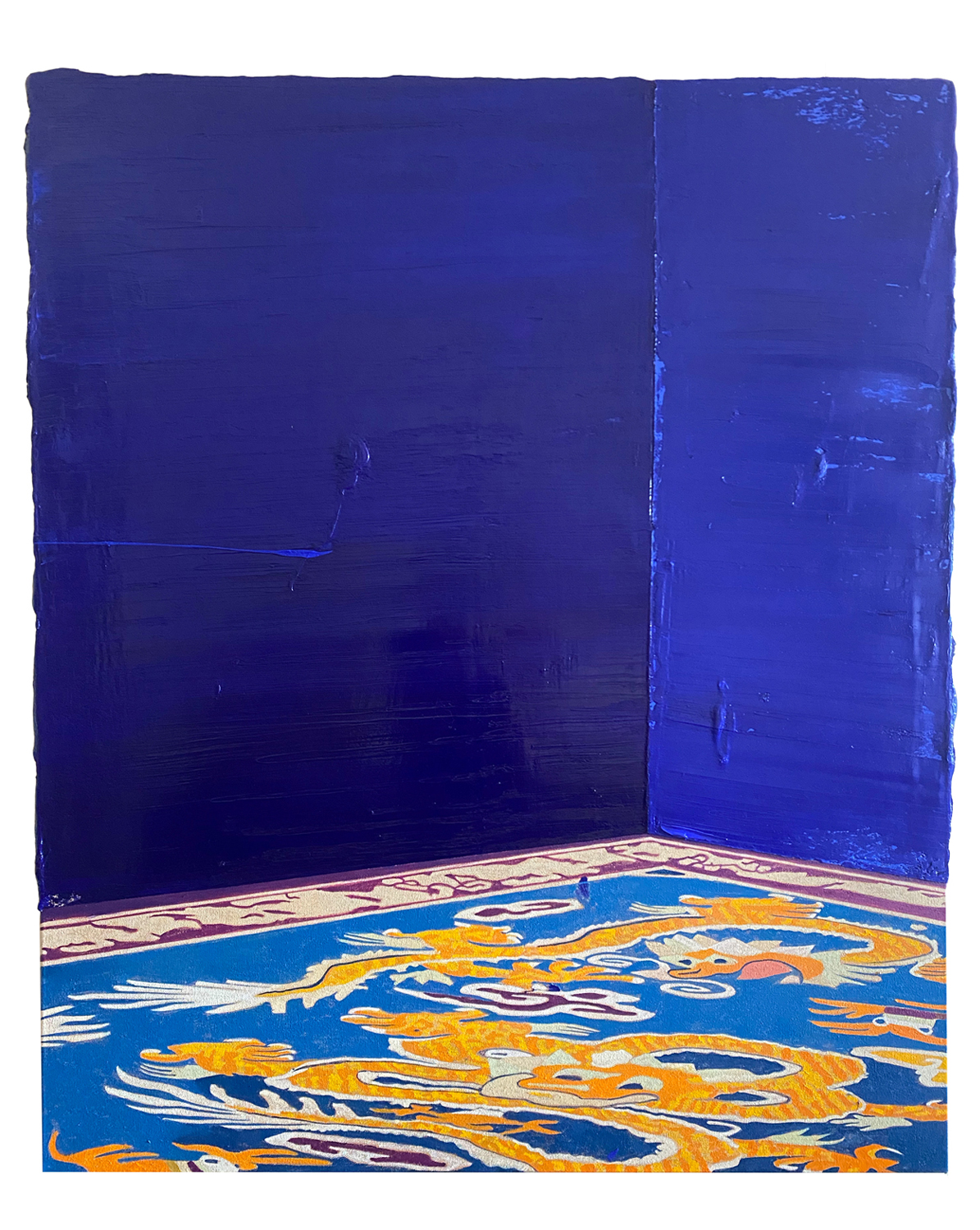
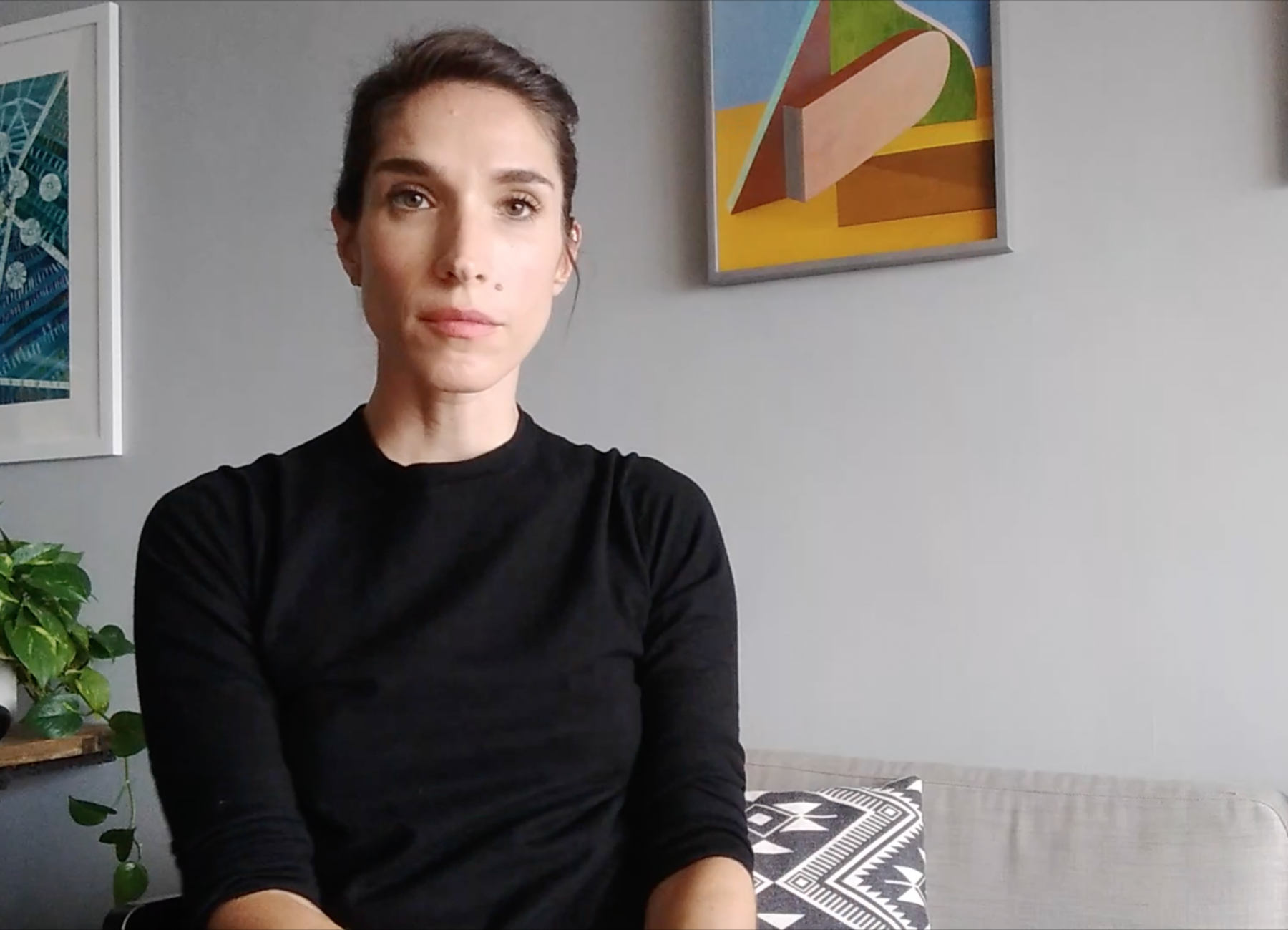
Katie Alice Fitz Gerald is a founding partner of Denny Dimin Gallery. She grew up in London and moved to New York City in 2012 to work in the contemporary art market. In 2017 she relocated to Hong Kong and officially launched Denny Dimin Gallery Hong Kong in March of 2019.

